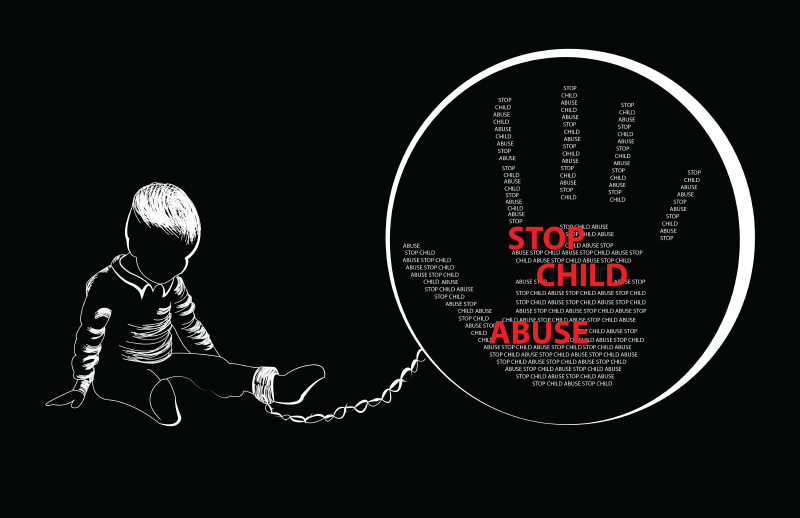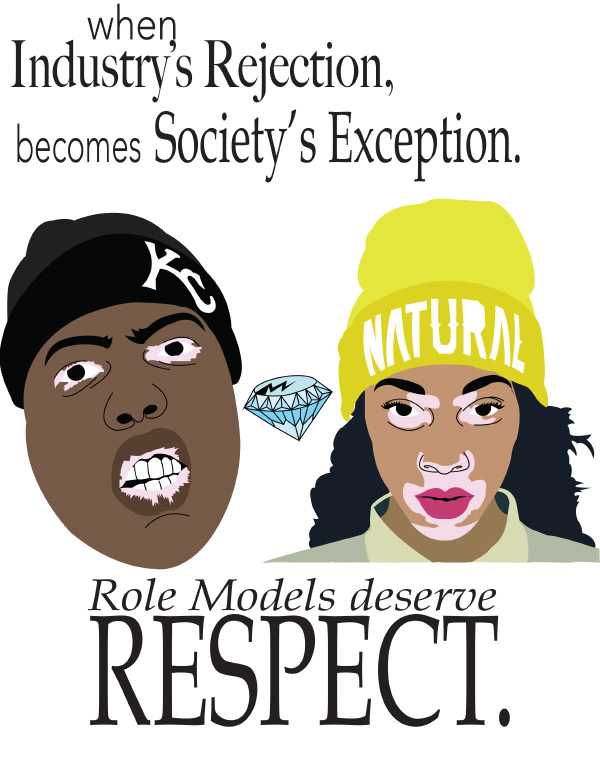Impressions Activating Impressions
A dynamic, student-driven high school curriculum exploring perception, activism, and social justice.
By Lindsey Richards

I believe the most important component to pull from this lesson is the ability to leave an impression, both good and bad. This can be through daily occurrences / conversations / clothing / body language / art / media. I want students to understand the fact that the power of change is in their hands; it is their voice. This lesson is geared for the empowerment of intelligent decision-making, activism, and most importantly, it is student led.
This lesson is about ownership: the ownership of these skills and abilities to make a change in today’s society and world. Students will be given a new lens of discovery in terms of judgment and impression, and what they wish to do with this lens can help develop their ability to make change. Is it an artist’s duty to be an activist? Better yet, is it a person’s duty to do anything in terms of activism?
The MCA, and each artist chosen for this lesson, lends a voice to the world to be interpreted in a multitude of ways. The platform of contemporary art allows students to work with the here and now in terms of issues affecting our world, the future, and this very moment, a platform that basically doesn’t exist unless someone makes it exist. The students are able to use this wealth of imagery and idea-building within the walls of the MCA, the classroom, and in their community.
Guiding questions:
- What does it mean to leave an impression?
- What is justice or injustice? What is social justice and social injustice?
- How can we use media to evoke social justice?
- Is it an artist’s duty to be a social activist?
The students were asked to participate in many activities surrounding the question “Is it an artist’s duty to be an activist?” Most of these activities involved classroom discussions on various topics listed in this lesson plan, as well as Visual Thinking Strategies with artworks and video. The students then created their own PSAs and campaigns for activism on their chosen topic.
Everything the students do in terms of leading lessons, gaining knowledge / motivation / inspiration is current and evolving. The whole process is contemporary because of applying new ways of communication through media platforms and accessing artists and ideas that are NOW.
I can’t quite take away one memorable moment due to all the amazing experiences with the students. I was told on numerous occasions how awesome it was to be able to talk and share instead of take tests and be drilled to memorize facts. The students were fully engaged and helped me break away from routine planning. The students inspired me to take a leap of faith and develop lesson plans based off of their current interests, even if that meant I was scrambling before class. The students kept me engaged and enriched with an exciting spirit; the awakening guided my new question: Why not reinvent the wheel?

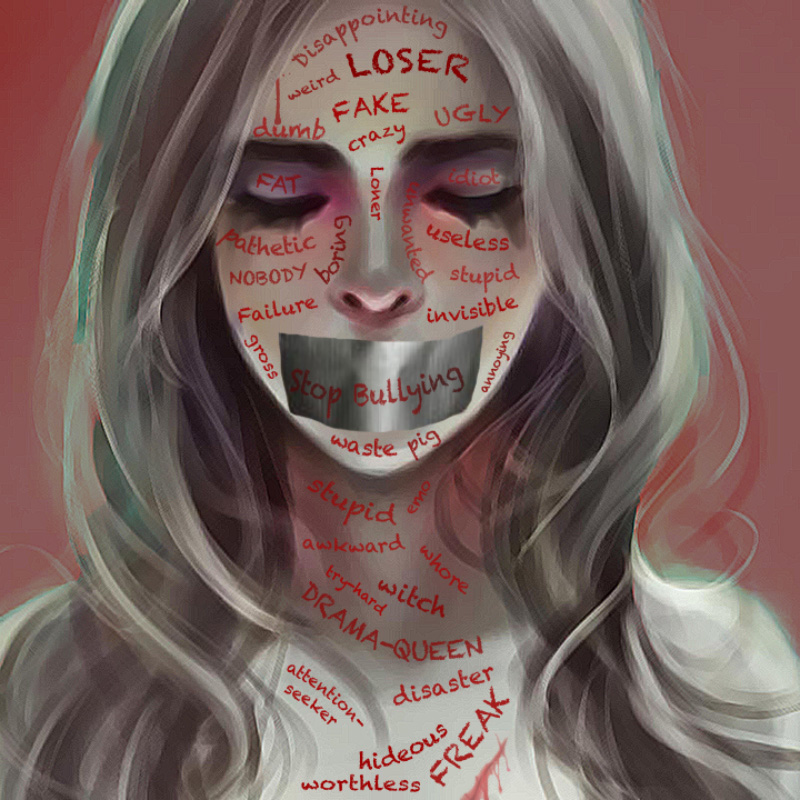
- To give students a voice through art and artmaking on the topic of social justice.
- To empower students to use their voice to plot and plan a widespread campaign, where every voice counts (using technology as fuel).
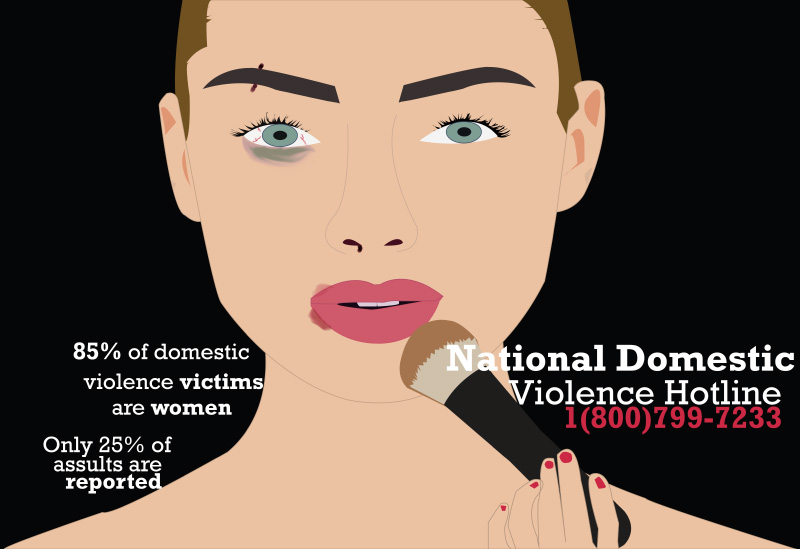
Documentation + Assessment Suggestions
Use Entrance and Exit Slips as seen in the Learning Activities, have student critique through a gallery walk, and engage in student reflection on campaigning for their cause and reflecting on the process. Students will assess their work and the teacher will assess for objectives.
- Documentation through photography and video of process, reflection, and stages of creation.
- Student interviews on topic choices.
- Students posting final pieces on a social media platform to activate messages and reflect on impressions
Learning Activities
Learning Activities: Days 1-5 are single days. Day 6 – 8, 2 weeks.
-
Round table discussion - Begin with The Most Beautiful Cracker. This exercise and discussion deals with cause and effect, as well as with possible connections to injustice. Lead into facilitated dialogue on what it means to leave an impression with Valeska Soares Duet III on view.
Exit Slip – What impression do you want to leave on this world? Do you think it is possible? -
Begin Stand Up, Sit Down about questions directly affecting today’s society. Round table discussion – Discuss feelings and connections after the start-up activity, and break into the questions of What is social injustice? and What is social justice? What does this have to do with impressions?
- Visual Thinking Strategies with artwork:
Barbara Kruger – It’s a Small World, Unless You Have to Clean It
Ester Hernandez – Sun Mad Raisins
Malaquias Montoya – The Immigrant’s Dream, The American Response, and so forth. - Exit Slip – Explain a time in which media has affected you physically and emotionally, to the point you felt you needed to change it?
- Visual Thinking Strategies with artwork:
-
Entrance Slip: What is important to you in social justice?
Round table discussion – Is it an artist’s duty to be a social activist, and how powerful is an idea?- Play Kony 2012 footage – discuss (preface video with the information that it is emotional and graphic).
- Discuss audience / reasoning / and how media affects our perceptions (makes an impression).
- Question: Why is research important when conveying a message?
- Time for reflection and research. Turn in entrance slip at the end of the day with ideas and research.You are a little – Can a bunch of littles make a difference (tell me how)?
-
Field Trip to the MCA
Make connections – if possible, connections to your voice. Turn in field trip work. Do your own VTS on an inspiration piece, reflect and sketch: How can your idea be better? -
Brainstorm Blocks for PSA and check in –
Discuss objectives for Impressions Activating Impressions- What do you know about your issue? What do you still need to know?
- Who is your audience? Where should your PSA go?
- How do you want people to react to your PSA?
- Brainstorm Blocks - How will you convey your message in your PSA?
-
Develop PSA – Illustrator and Photoshop –
Post at school and gallery walk share out. -
Campaign and brand identity lecture to aid in understanding campaigning for a cause (like a brand). Brainstorm students’ own ideas for campaigning and how social media plays a role in this.
- How can we use social media to activate our images (message)?
- Come up with ways to make this happen in groups of 5.
- Present ideas and vote – (Discuss ways to make things feasible in the CPS environment and with the resources we have.)
- Mikvachallenge.org and Project NIA? Round table discussion
- Find social media platform and campaign our message
- Reflect on findings and impressions

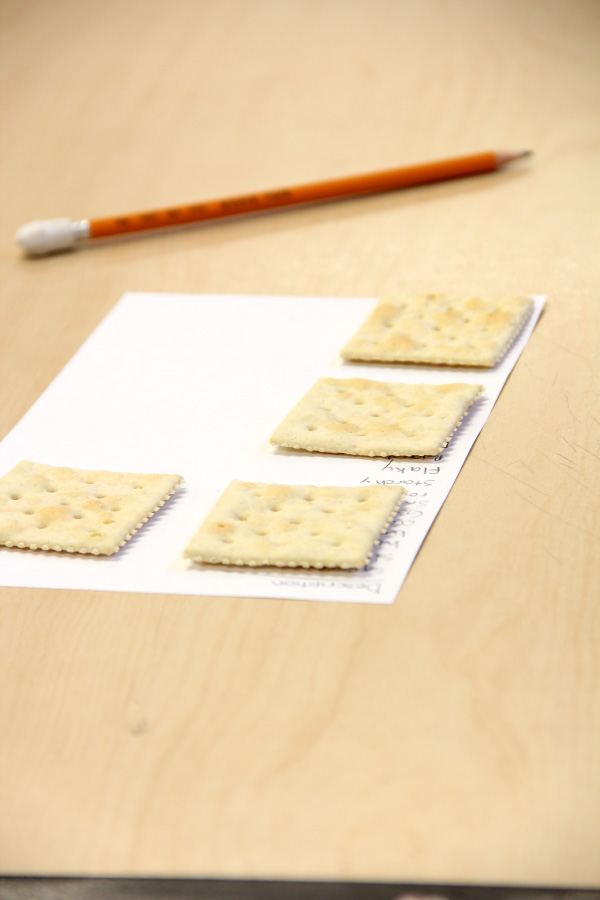
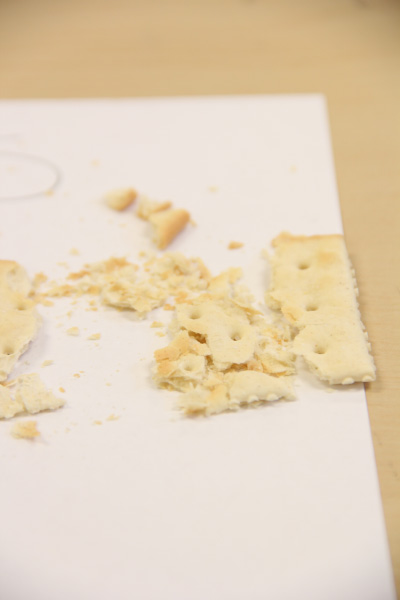
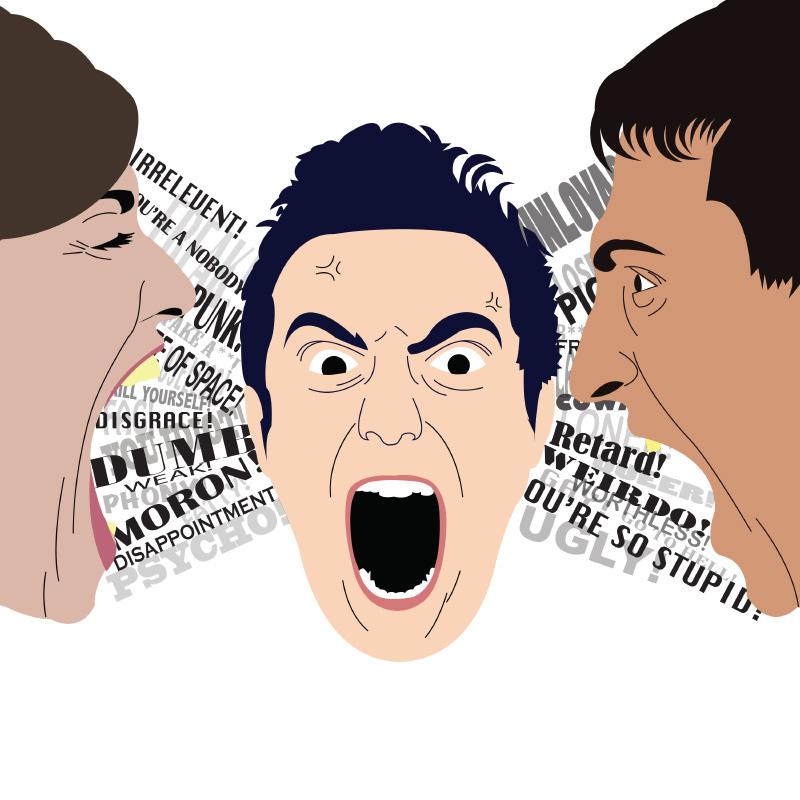
Materials + Supplies
- Brainstorm block worksheets (2): One for the PSA and one for campaign ideas.
- 1 Entrance slip/Exit slip: What is important to you in social justice? You are a little, can a bunch of littles make a difference?
- 2 Exit Slips - (1) What impression do you want to leave on this world? Do you think it is possible? (2) Explain a time in which media has effected you physically and emotionally, to the point you felt you needed to change it?
- Kony 2012 footage and research
- Powerpoint of inspiration artwork and PSAs
- Scratch paper daily for reflection and notes / ideas
- Field Trip permission slip and VTS sheet while in the galleries.
- Gallery walk feedback sheet – How can we improve our message and work?
- Campaign and Identity Powerpoint - (1) Idea sheet for group brainstorming - How can we use social media to activate our images (message)? (2) 5 ideas: Choose one and plan its implementation from start to finish.
- Social media guidelines for mass campaigning
- Reflection sheets
- Computer equipped with illustration and photo manipulation software
- Printers to print PSAs for exhibit
MCA Connections
Students use the MCA as a platform for research, play, and discovery to advance their understanding and knowledge on their selected social justice issue. I also suggest students be given time in class to dissect artworks and imagery that pertain to issues in today’s society, possibly even current event discussions and writing.
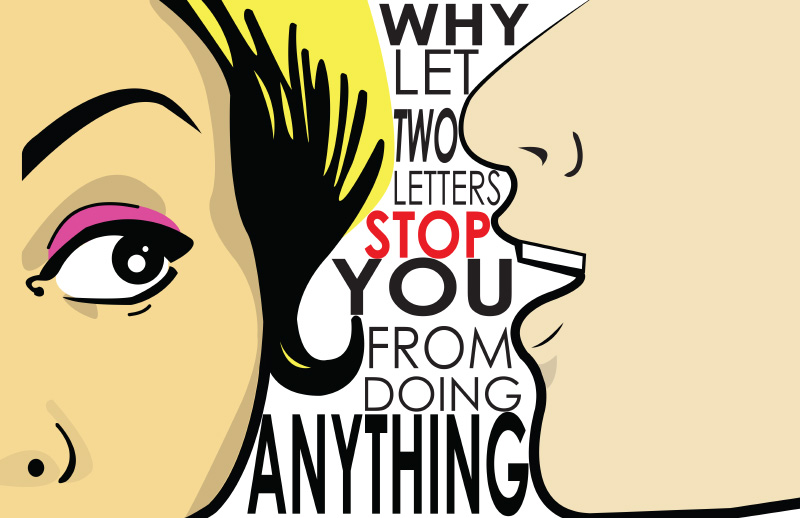
Resources
Contemporary Art References
Lindsey Richards
Prosser Career Academy
Lindsey Richards teaches Digital Media and International Baccalaureate Visual Art at Prosser Career Academy. She has both a Visual Communications degree and a Fine Arts degree. Teaching is her second career and possibly one of the scariest choices she has made in her life. Lindsey is a full-time photographer and owns Flybird Photography here in Chicago. She has always worked in some sort of creative field or endeavor, but believes that teaching art (or honestly letting students teach her art) is her niche. She has been involved with the MCA Teacher Institute since 2011. She typically plans all aspects of her life, but dives into all opportunities presented without caution. She likes to keep busy. Lindsey is obsessed with root beer, Thor, Caravaggio, the constant revitalization of her personal space, and music.
Lindsey reflects on her creative process:
At the end of the Teacher Institute 2013-2014 year, we took a final gallery walkthrough to wrap up, gathering thoughts. I dazedly walked through Unbound: Contemporary Art After Frida Kahlo and walked right into a platform on the floor. Naturally, I looked around to see who was going to shake a finger at me and then proceeded to stare at the objects I almost dove in to. The white marble sculpture, Duet II by Valeska Soares, seemed ordinary and almost mundane until I began to think about the life that it embodies. In turn, I began to think of the being / tool / process of an impression. Plainly, what does it mean to leave an impression?
I consider my time at The MCA Teacher Institute as a retreat, a year to refresh my ideals and confirm the importance of teaching in my subject area. My goals this year were to challenge the way that I develop lessons, to make myself uncomfortable by pushing the boundaries of conversation / discussion in the classroom, and to document the process more than I had in years before. I think of contemporary art and teaching as ways to solve and communicate the problems faced in society, within one’s self, and to deal with issues at large by using the here and now as a springboard for conversation and creative problem-solving techniques.
As my students and I delved into impressions, the stage was set for beginning, but not ending. We have discovered much about ourselves, our class, and about communication for change. All the while not knowing what the next steps would be once the initial plan had been exhausted. As a teacher, I was always taught that the best way to structure your lessons was to be ahead of the game in terms of planning. I was told: Don’t reinvent the wheel; use what has been laid before you, if not, you will burn out. To an extent this information holds much truth and has helped my sanity, but how are we dealing with the moment, the NOW, using this method? Yes standards are high, testing is a means to a (result?), and everyone is worried that they don’t have enough Common Core / NAS / who-knows-what-else in their lesson plans, but where is the time spent on creative freedom and learning in the moment? When the initial plan of Impressions began to wrap up, my students had many questions and insights, and seemed to want more. Our daily lessons and weekly goals began to change. Lessons were being formed around the moment and the now, lending room for the students and myself to experience happenings, and to learn and create from them. There have been some roadblocks along the way, as with anything new and challenging, leaving me with the thought: Why not reinvent the wheel?
